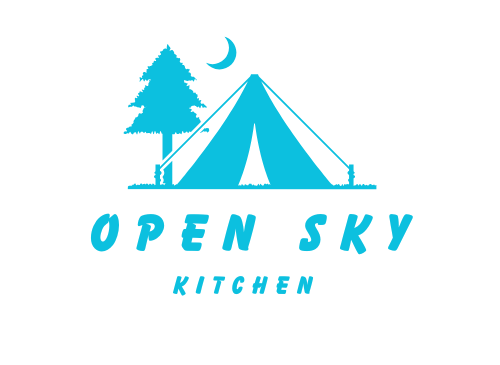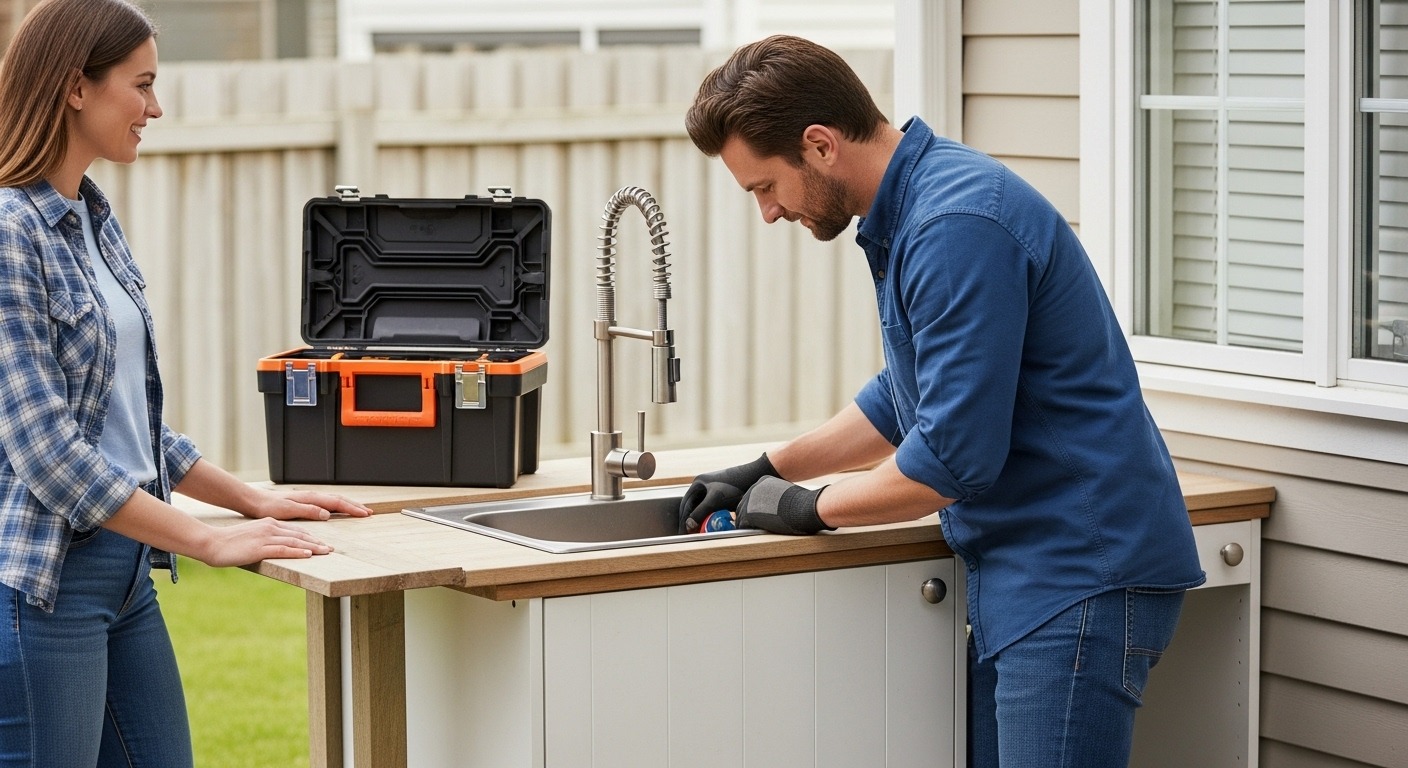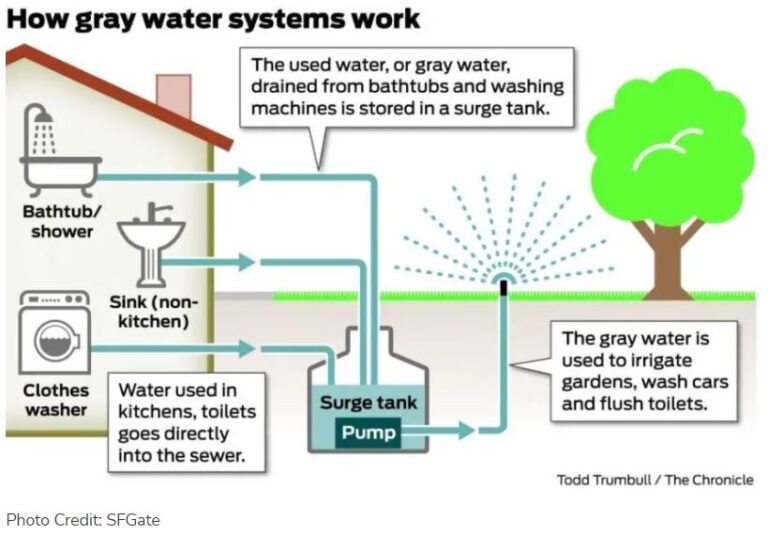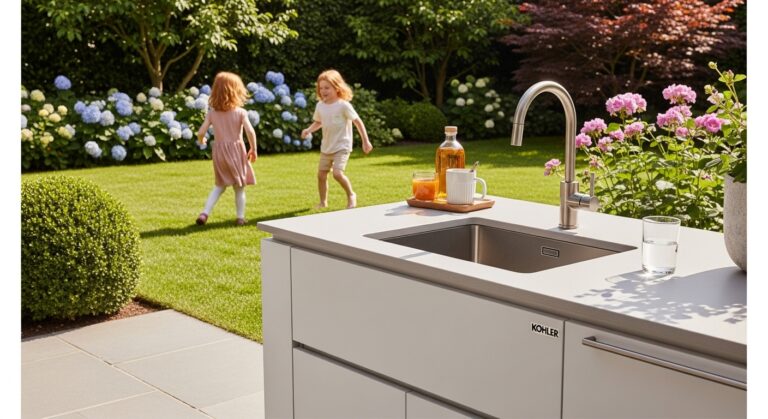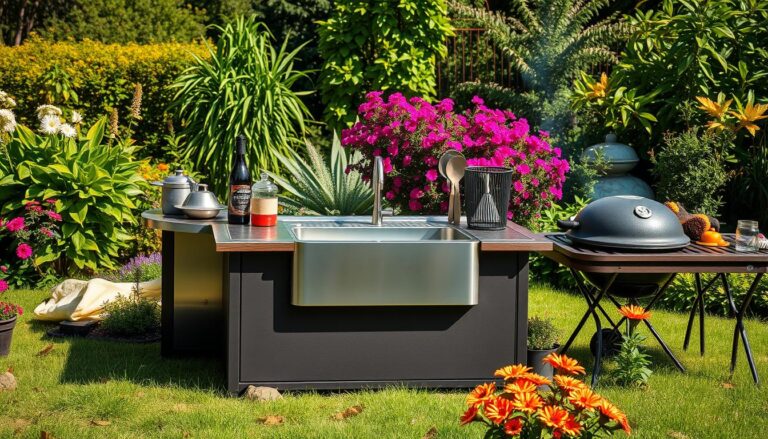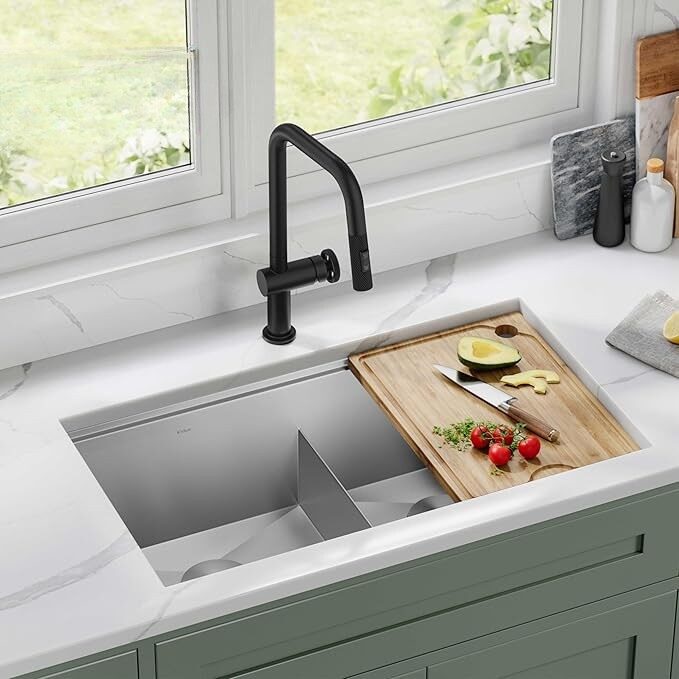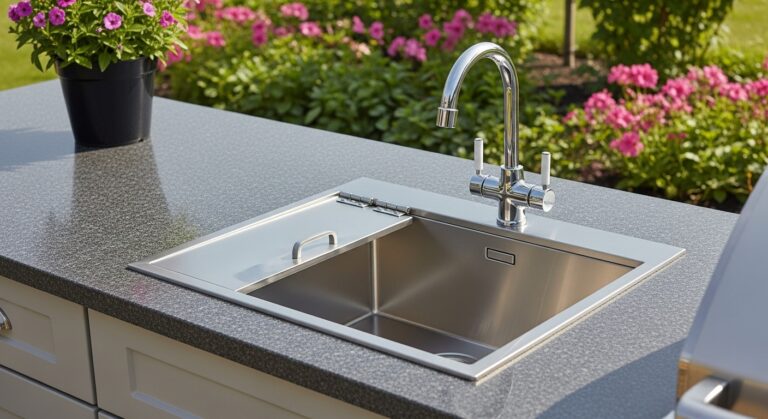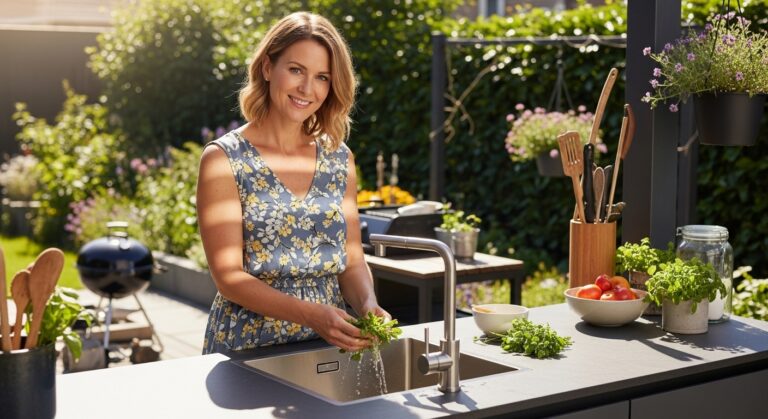Expert Guide to Outdoor Kitchen Plumbing
Creating a outdoor kitchen that’s both functional and enjoyable needs careful planning. This is true, most importantly, when it comes to plumbing installation. A well-designed outdoor kitchen can greatly improve your outdoor living experience. It becomes the perfect spot for cooking, dining, and entertaining.
Proper plumbing is key to a successful outdoor kitchen. It makes sure you have a steady water supply for cooking, cleaning, and more. In this guide, we’ll cover the basics of designing and installing a functional outdoor kitchen. We’ll focus on plumbing.
By following this guide, you’ll learn the important things to consider for outdoor kitchen design and plumbing. This will help you create a beautiful and useful outdoor space.
Understanding Outdoor Kitchen Plumbing Fundamentals
Building an outdoor kitchen is more than picking the right appliances. You need to know the plumbing basics well. A good plumbing system is key for a fun and functional outdoor kitchen.
Key Components of an Outdoor Plumbing System
The outdoor plumbing system has several important parts. They work together for a smooth cooking experience.
Water Supply Lines
Water supply lines bring fresh water to your kitchen’s sinks and faucets. They must be strong and weather-resistant.
Drainage Systems
A good drainage system is key for removing wastewater. It needs the right slope and venting to avoid clogs.
Gas Lines for Cooking Appliances
Gas lines power your outdoor cooking gear, like grills. Safe setup and upkeep are vital to avoid accidents.
How Outdoor Plumbing Differs from Indoor Installation
Outdoor plumbing has its own set of challenges. Weather and temperature changes can harm pipes and system performance.

Climate-Specific Considerations for Your Region
When planning your outdoor kitchen plumbing, think about your local climate. Cold weather, for example, needs special care to avoid pipe damage.
Planning Your Outdoor Kitchen Plumbing Project
Before starting your outdoor kitchen, planning your plumbing is key. A good plan makes your project work well and save time.
Assessing Your Space and Utility Requirements
First, look at the space you have and what you need. Think about where your water lines, electrical outlets, and other utilities will go. Measure your space carefully to figure out the best plumbing layout.
Creating a Detailed Plumbing Layout and Schematic
Make a detailed plumbing plan and diagram. This will show you the project’s size and any possible problems. Use software or get help from a pro to make a precise plan.
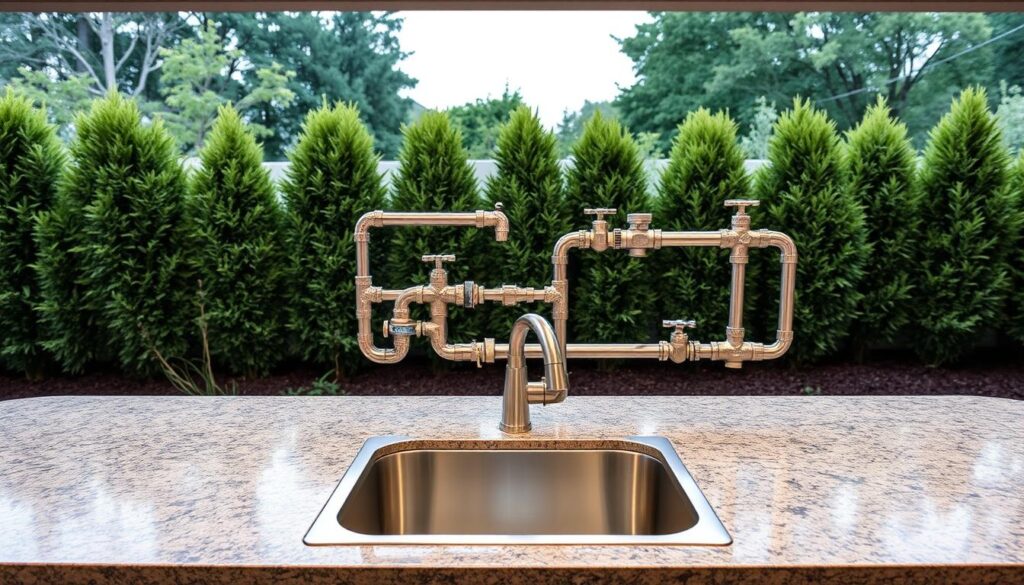
Budgeting for Materials and Professional Assistance
Setting a budget is very important for your plumbing project. Think about the cost of materials, labor, and permits. Don’t forget to save for unexpected costs.
DIY vs. Professional Installation Cost Comparison
You can choose to do it yourself or hire a pro for installation. DIY might save money, but it needs a lot of skill. A pro makes sure everything follows local rules.
- DIY costs: materials, tools, and your time
- Professional costs: labor, materials, and service fees
Long-term Value Considerations
Think about the long-term benefits of your investment. A well-installed plumbing system can boost your property’s value and save on future repairs. Quality materials and workmanship are essential for a lasting plumbing system.
Essential Tools and Materials for Outdoor Kitchen Plumbing
To get a smooth outdoor kitchen plumbing system, start with the right tools and materials. A good toolbox and the right materials are key to a successful plumbing job.
Professional-Grade Plumbing Tools Checklist
Having the right tools is key for any plumbing job. For outdoor kitchen plumbing, you’ll need:
- Adjustable wrenches and pipe wrenches
- Pipe cutters and tubing cutters
- Deburring tools
- Pliers and punches
- Teflon tape and pipe dope
Weather-Resistant Pipe Materials and Fittings
Choosing the right pipe material is critical for outdoor plumbing. The most common options are PEX, copper, and PVC, each with its advantages.
PEX vs. Copper vs. PVC Options
When deciding between PEX, copper, and PVC, think about durability, cost, and freezing resistance. PEX is flexible and resists freezing, copper is durable but pricey, and PVC is affordable but may get brittle with age.
Freeze-Resistant Components
In cold climates, using freeze-resistant components is essential. This includes pipes and fittings that can handle freezing without bursting.
Safety Equipment and Protective Gear
Safety is a must. Essential safety gear includes gloves, safety glasses, and a first aid kit. Wearing the right gear can prevent accidents and injuries.
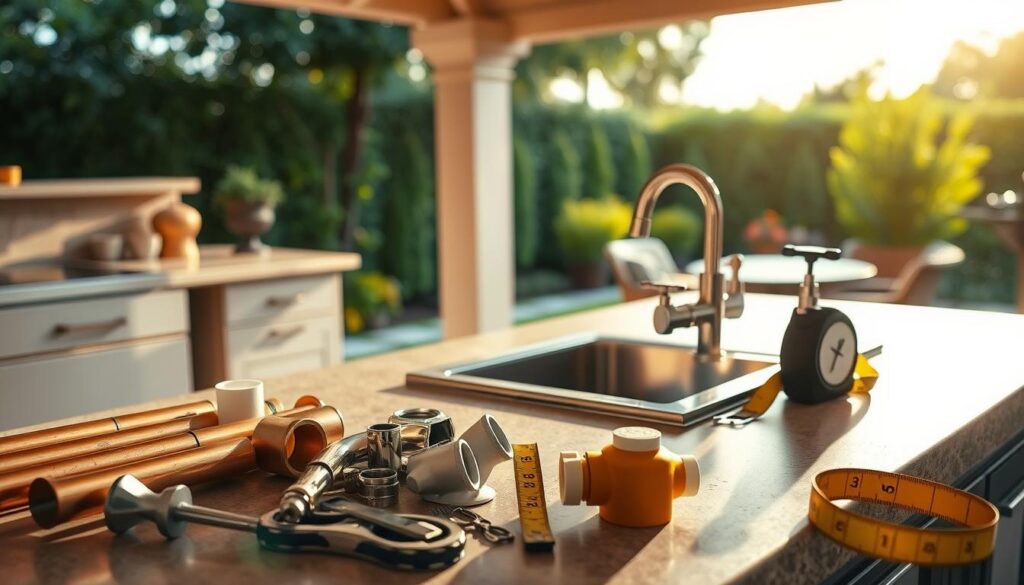
Water Supply Installation for Outdoor Kitchens
A well-designed water supply installation is key for outdoor kitchens. It ensures a reliable and safe water source. This is vital for enjoying your outdoor cooking and dining area fully.

Methods for Connecting to Your Home’s Water Supply
There are two main ways to connect your outdoor kitchen to your home’s water supply. You can tap into existing lines or create a dedicated outdoor water system.
Tapping into Existing Lines
Tapping into existing water lines can save money. But, you must think about how it might affect your home’s water pressure and supply.
Creating a Dedicated Outdoor Water System
A dedicated system gives you more flexibility. It can be tailored to your outdoor kitchen’s needs. This includes adding sinks and ice makers.
Installing Shut-off Valves and Pressure Regulators
Shut-off valves are key for controlling water to your outdoor kitchen. They let you do maintenance and shut off water in emergencies. Pressure regulators keep the water pressure right for your fixtures, avoiding damage from too much pressure.
Proper Insulation Techniques for Weather Protection
Insulating your water supply lines is critical for weather protection. It keeps pipes from freezing in cold weather.
Freeze Prevention in Cold Climates
In cold areas, preventing pipe freezing is a must. Use freeze-resistant pipes, insulate exposed pipes, and install heat tape for protection.
Complete Guide to Outdoor Kitchen Plumbing Fixtures
The right plumbing fixtures can make your outdoor kitchen better. They should be both functional and look good.
Selecting the Right Sink for Outdoor Use
When picking a sink for your outdoor kitchen, think about how durable it is. Stainless steel and composite materials are top picks. They can handle the weather well.
Material Considerations for Durability
The sink material needs to last outside. Here are some good options:
- Stainless Steel: It doesn’t rust and is easy to clean.
- Composite Materials: They’re tough and can handle very hot or cold temperatures.
Size and Configuration Options
The size and shape of your sink depend on your kitchen’s layout. Look for a sink with a built-in drainboard for extra convenience.
| Sink Material | Durability | Maintenance |
|---|---|---|
| Stainless Steel | High | Easy |
| Composite Materials | High | Moderate |
Faucet Selection and Installation
Choosing a faucet means looking at both its style and how well it works. Touchless faucets are great for outdoor kitchens because they’re easy to use.
Additional Fixtures: Ice Makers, Beverage Stations, and Dishwashers
Other features like ice makers, beverage stations, and dishwashers can make your kitchen better. Make sure they’re installed right and connect to your plumbing.
Drainage Systems for Outdoor Kitchen Plumbing
Outdoor kitchen plumbing needs careful thought for drainage to avoid water buildup and health risks. A good drainage system keeps outdoor cooking areas clean and functional.
Sink Drain Installation Options and Best Practices
Choosing the right materials for an outdoor kitchen sink drain is key. Stainless steel or PVC are top picks because they last long and don’t rust. It’s also important to install the drain correctly to avoid leaks and ensure water flows well.
Achieving Proper Slope and Venting Requirements
Getting the right slope for drainage pipes is essential. A slope of 1/4 inch per foot is usually best. Also, vents are needed to stop siphoning and let water flow freely. Vent pipes should reach above the roof or connect to an existing system.
Connection Methods for Existing Sewer or Septic Systems
Connecting an outdoor kitchen’s drainage to a sewer or septic system needs careful planning. There are two main ways: direct connections and gray water systems.
Direct Connections vs. Gray Water Systems
A direct connection links the drain straight to the sewer or septic line. On the other hand, a gray water system treats wastewater for irrigation and toilet flushing. Gray water systems are good for the environment but might need extra permits and upkeep.
Local Regulations for Outdoor Drainage
Following local drainage rules is vital when setting up an outdoor kitchen’s drainage. These rules can affect the materials used, how things are installed, and how they connect. Talking to local authorities or a plumber can help follow these rules.
| Drainage System Component | Material Options | Key Considerations |
|---|---|---|
| Sink Drain | Stainless Steel, PVC | Durability, Corrosion Resistance |
| Drainage Pipes | PVC, ABS, Cast Iron | Slope, Venting Requirements |
| Venting System | PVC, ABS | Proper Sizing, Termination Above Roofline |
Gas Line Installation for Outdoor Kitchen Appliances
A well-installed gas line is key for your outdoor kitchen’s safety and efficiency. It makes sure your appliances work right and keeps you safe from dangers.
Safety Protocols for Outdoor Gas Line Installation
Installing a gas line for outdoor kitchen appliances needs careful attention to safety. Make sure the gas line fits the appliances and all connections are tight and leak-free. Always follow local building codes and rules for gas line setups.
Proper Sizing and Materials for Gas Piping
Choosing the right materials and size for gas piping is very important. The piping should resist corrosion and be safe for outdoor use. Corrugated stainless steel tubing (CSST) and black steel pipe are good choices. The piping size depends on the distance to the gas source and the appliances’ BTU needs.
Testing Procedures for Leak Detection
After installing, it’s vital to test the gas line for leaks. This means pressure testing the line to check if it holds the needed pressure. Use the right tools and methods to find any leaks accurately.
Pressure Testing Requirements
Pressure testing involves filling the line with a certain pressure and watching for any drops. The test pressure and time depend on local laws and the gas line’s size.
When to Call a Professional Gas Fitter
If you’re not sure about gas line installation or need complex piping, hire a professional gas fitter. They have the skills and knowledge to install the gas line safely and correctly, following all codes and rules.
Troubleshooting Common Outdoor Kitchen Plumbing Issues
Dealing with leaks, clogs, or freeze damage can be stressful. Knowing how to troubleshoot these problems is key. It helps you fix issues before they get worse.
Addressing Leaks and Water Pressure Problems
Leaks and water pressure issues are common in outdoor kitchens. To fix leaks, check your pipes and connections regularly for damage. For water pressure problems, make sure your pressure regulator is working right.
Dealing with Clogged Drains in Outdoor Environments
Clogged drains are a big problem in outdoor kitchens. To stop clogs, use a drain screen to catch food and debris. For clogs, use a plumbing snake or hydro-jetter to clear them.
Fixing Freeze Damage and Seasonal Complications
Freeze damage can hurt your outdoor kitchen plumbing. To avoid this, insulate exposed pipes and use freeze-resistant faucets. If pipes freeze, thaw them carefully.
Thawing Frozen Pipes Safely
To thaw frozen pipes, use gentle heat from a hair dryer or warm towels. Don’t use open flames, as they can damage or start a fire.
Repairing Weather-Related Damage
After thawing pipes, check your plumbing system for damage from freezing. Fix or replace damaged parts to avoid future problems.
Conclusion: Enjoying Your Professionally Plumbed Outdoor Kitchen
A well-designed outdoor kitchen with plumbing is key for a great outdoor experience. It allows you to host gatherings and create memories with family and friends. A reliable plumbing system makes everything run smoothly.
This guide has helped you set up a top-notch plumbing system for your outdoor kitchen. This investment boosts your outdoor enjoyment and property value.
With a professionally plumbed outdoor kitchen, you can enjoy quality time with loved ones. You can focus on outdoor cooking and entertainment without worries. Your kitchen becomes a haven for years of fun.
Frequently Asked Questions
Related Articles
1- The Outdoor Kitchen Sink: A Buyer’s Guide
https://openskykitchen.com/the-outdoor-kitchen-sink-a-buyers-guide/
2- 5 Best Outdoor Kitchen Sinks for Your Backyard
https://openskykitchen.com/5-best-outdoor-kitchen-sinks/
3- How to winterize outdoor Kitchen: A Complete Guide
https://openskykitchen.com/how-to-winterize-outdoor-kitchen/
4- Durable Outdoor Sink Cover – Keep Your Sink Clean
https://openskykitchen.com/durable-outdoor-sink-cover-keep-your-sink-clean/
